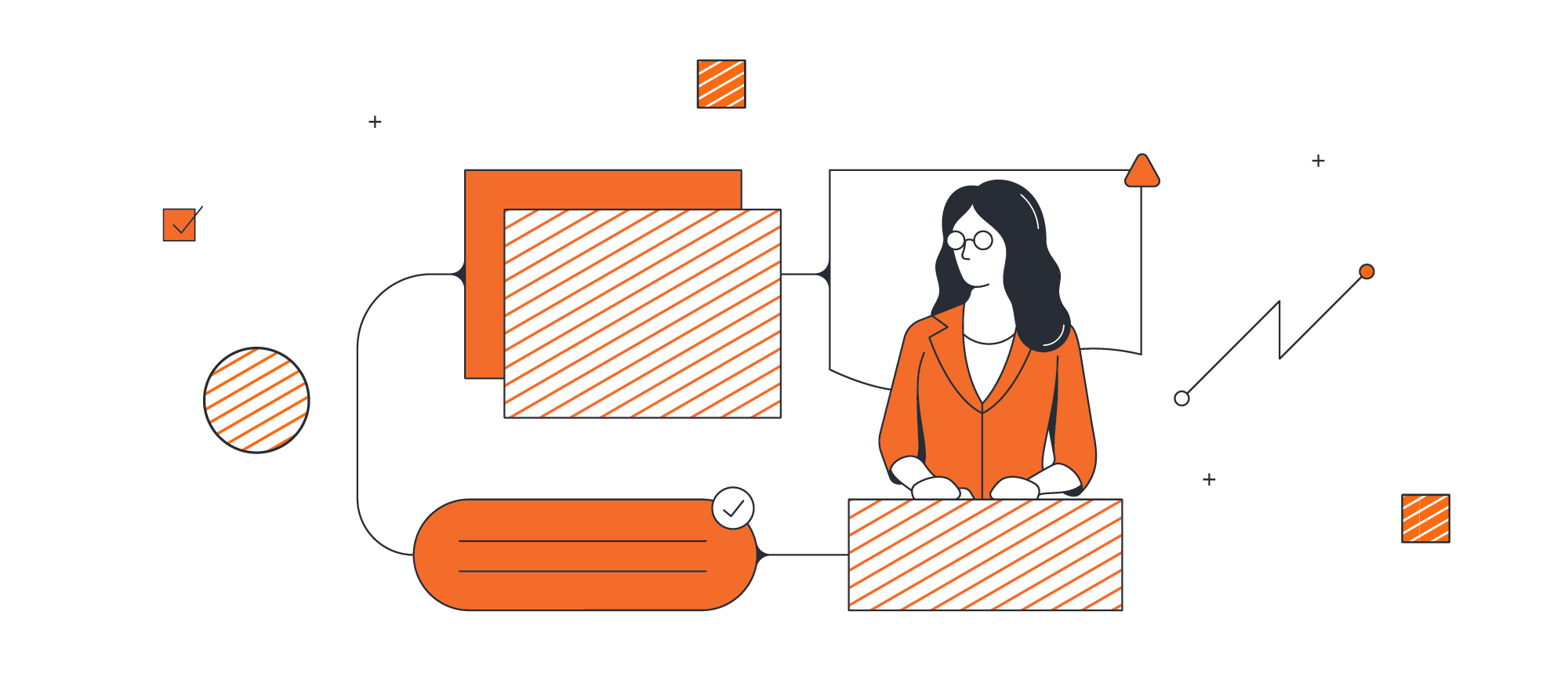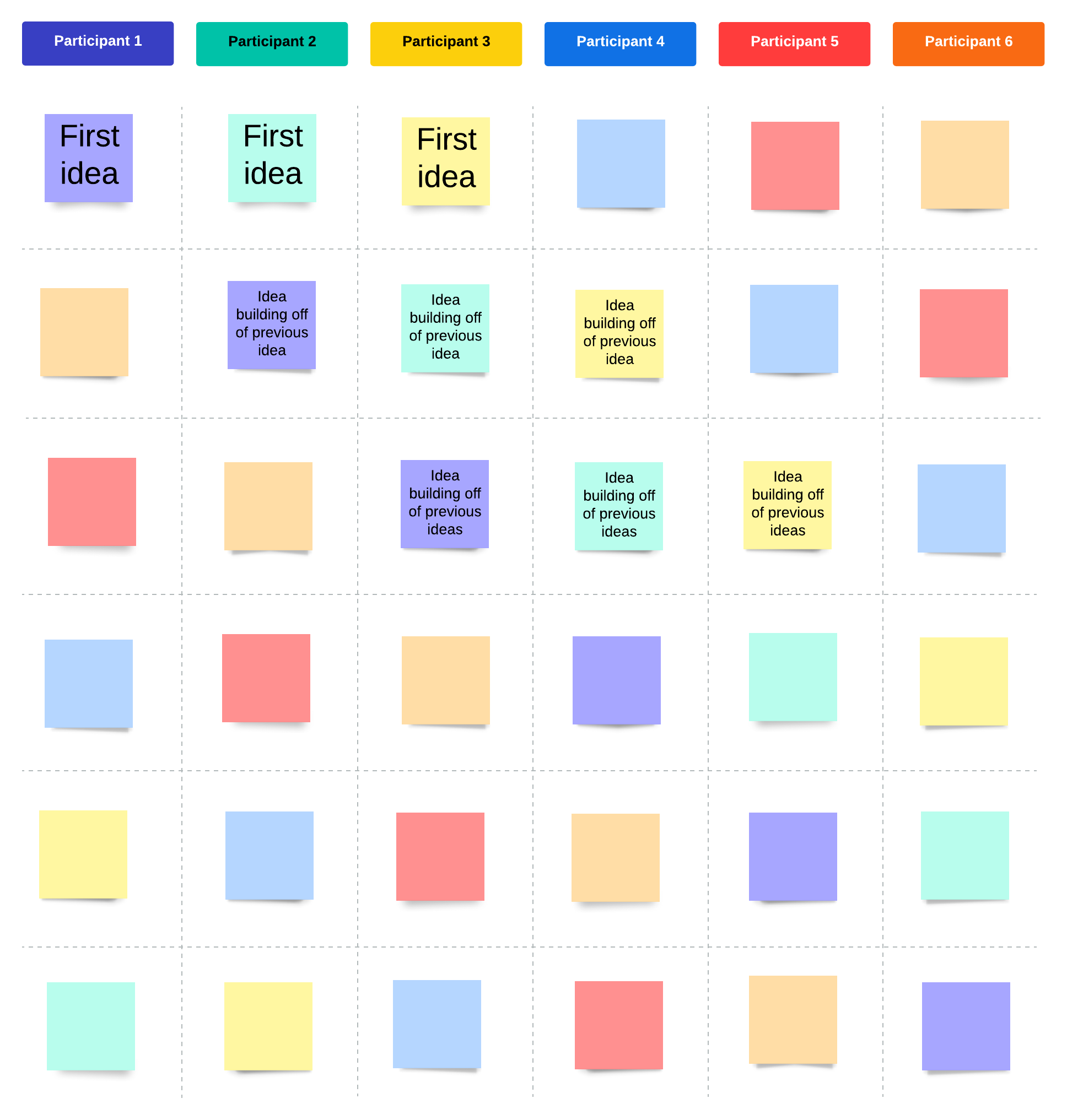
Webisodes with Alec Sharp: Tips and techniques for business process design
Reading time: about 7 min
Topics:
There are plenty of diagrams that serve as maps, helping you and your team navigate transitions, processes, and much more. And maps are certainly useful. Without one, you run the risk of ending up completely and hopelessly lost.
But what about the car you’re driving? It’s one thing to know where you’re going, but getting there is an entirely different ball game. To really change a process or complete a project, you need both a map and a vehicle.
When it comes to process design, as-is and to-be analysis serve as both the map and the car. They help you identify where you are, where you want to be, and the steps you will need to take to get there.
Here’s the problem: many teams don’t know how to rigorously perform as-is and to-be analysis. Their efforts are lackluster and so their results are, well, the same. In his webisode series, Alec Sharp breaks process design down into manageable, actionable steps. In this post, we’ll take a deep dive into episode 8, where Sharp reviews his process and shares some key tips and techniques for success.
The 7 phases of process design
Sharp’s methodology for business process change is broken into seven distinct phases. Each phase contributes to the end goal of an updated and improved business process.
Before looking at Sharp’s tips and techniques, let’s quickly review each phase of his methodology and what it does:
- Identify and scope: Before improving a process, you need to get the lay of land. How, as it is currently executed, does your process work? Who is involved? Your goal during this phase is to identify the real process and participants.
Why the emphasis on “real?” Process documentation isn’t always up to date or accurate. Often, processes look very different on paper. To improve a process, the documentation will be helpful, but you also have to look at the process in action. What is actually happening?
- Initial as-is analysis: Once you have a good sense of your real process and the participants, it’s time to begin your as-is analysis. At each stage of the process, what happens for each involved stakeholder? How could that stage be improved? Consider this question stakeholder by stakeholder.
Use your answers to those questions to set goals for your to-be process. You should have to-be objectives that impact each stakeholder.
� - More detailed as-is analysis: In the previous phase, you identified the stages of your as-is process. It’s time to engage with the process on a deeper level. Simply identifying or explaining your process isn’t enough, you need to understand all of its constituent activities and how the work and information flows. You might find it useful to create an augmented scope model or draw the workflow.
- Final as-is analysis: We know what you might be thinking: “Even more as-is analysis?” The simple answer is yes. It pays to be thorough. During this stage you will perform a holistic assessment of your process and begin to generate specific ideas for improvement.
Sharp outlines a framework for performing holistic analysis in webisode 7. We’ll briefly cover Sharp’s six enablers in a later section of this post.
- Refine to-be improvement ideas: The first four phases of Sharp’s methodology focus on your process as it currently is. These last three look at how it could be.
In the last phase, you should have begun to generate ideas for improvement by looking at your process enabler by enabler. Now it’s time to refine those ideas. To do this, you need to determine the key features of your to-be process.
- Assess to-be features by enabler: Once you have a list of key features, consider each feature from six perspectives, one for each enabler. As you analyze each feature, ask yourself this question: can this feature be implemented without any unforeseen consequences?
- Design to-be process: The heavy lifting is, for the most part, behind you. So take a breath and get your planning cap on. During this phase you will design your to-be process. Your design should be informed by the rigorous and extensive analysis performed in the previous phases.
As you design your to-be process, lay out essential activities first and establish flow. Who is involved in each activity and how do they perform it? How is work handed off?
Designing your to-be process
To-be process design occurs during the fifth, sixth, and seventh phases of Sharp’s methodology for business process design. During these phases, you should identify, refine, and assess the key features of your to-be process and, finally, implement them in your to-be process flow diagram.
So how do you actually do this?
Fortunately, Sharp has the process mapped out for us. Let’s start with the first step: identifying key features. You and your team probably generated a lot of ideas for your to-be process, and you can’t implement them all. So how do you narrow them down? Obviously, some ideas are better than others, but sorting them out isn’t always as easy as it sounds.
Narrow down group ideas
People love to quantify things, to assign things numerical values, percentage, scores, etc. And so it’s pretty common for teams to give key features scores based on a variety of factors. The features with the highest scores are deemed highest priority and are implemented first in the to-be model.
While this method has its benefits, Sharp recommends a different, more qualitative approach. The key, according to Sharp, is reaching consensus. Which features does the group, based on their collective knowledge and experience, think are most important?
Easier said than done, right? To help facilitate the process, Sharp suggests using the brainwriting process.
Brainwriting starts with a question or directive given by the team leader or manager. In this case, “list the key features of our new process.” Participants then take time to independently respond to the prompt on their own sticky notes. Each participant should shoot to come up with somewhere between five and seven responses.

Participants are then grouped together. In these groups, participants should synthesize and cluster their ideas. The goal is to distill the numerous responses of each group member into a set of five to seven group responses. Each group then presents their collective key features.
The group as a whole then synthesizes and clusters the group ideas into five to seven key features for the process. Unlike many traditional decision-making processes, brainwriting allows each individual’s voice to be heard, and this input is crucial in designing a successful process.
Assess each to-be feature
Now that you’ve narrowed down your list of key features, it’s time to assess each feature. By now, you can probably guess how you are going to assess them: enabler by enabler.
The six enablers Alec Sharp identifies in process modeling are:
- Process design
- Info systems/tech
- Motivation and measurement
- HR
- Policies and rules
- Facilities
As you assess each to-be feature, consider how each enabler will be affected. Ask yourself what needs to change in the enabler for that feature to be successful. The goal here is to ensure your to-be features are both implementable and sustainable.
Questions to ask during to-be process design
To-be process design is tricky because you’re thinking about process features that do not yet exist. And yet you have to predict how they will work, their implications, and so much more. There’s no foolproof way to ensure the success of your to-be process, but if you ask the following questions as you design it, you’re on the right track:
- What are the essential activities?
- Who will perform each activity?
- How will they perform them?
- Have you linked essential activities by dependencies?
- Did you adjust and redraw your swimlane?
Remember, business process design is itself a process. You have to move through each phase systematically. Skipping around will only bring you headaches! And when you’re done, don’t forget the debrief. What went well? Which steps were the most helpful? What could’ve gone better? Chances are you’ll have to design another process, so be sure to document your learnings for next time.

Watch Alec Sharp’s webisode series with Lucidchart.
Watch nowAbout Lucidchart
Lucidchart, a cloud-based intelligent diagramming application, is a core component of Lucid Software's Visual Collaboration Suite. This intuitive, cloud-based solution empowers teams to collaborate in real-time to build flowcharts, mockups, UML diagrams, customer journey maps, and more. Lucidchart propels teams forward to build the future faster. Lucid is proud to serve top businesses around the world, including customers such as Google, GE, and NBC Universal, and 99% of the Fortune 500. Lucid partners with industry leaders, including Google, Atlassian, and Microsoft. Since its founding, Lucid has received numerous awards for its products, business, and workplace culture. For more information, visit lucidchart.com.
